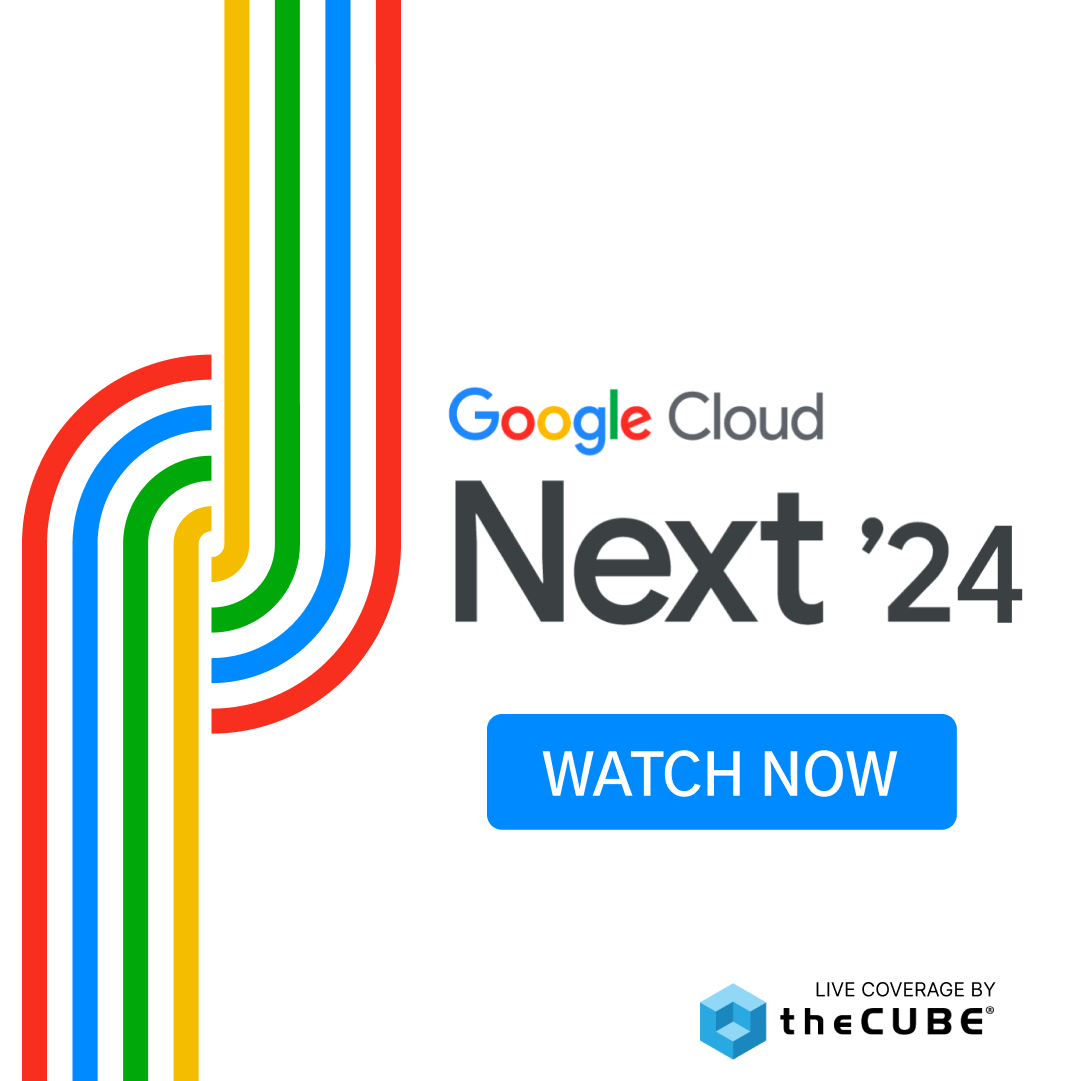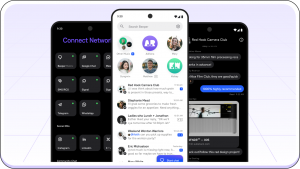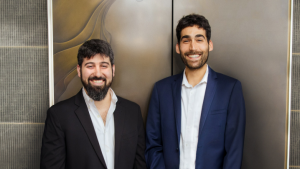How To: Apply Customer Feedback to Innovation
![]() Customers have always been core to companies’ existence. An obvious statement for sure. Customers are the source of cash flow, and have historically been thought of in marketing and transactional contexts.
Customers have always been core to companies’ existence. An obvious statement for sure. Customers are the source of cash flow, and have historically been thought of in marketing and transactional contexts.
But in recent years, we’ve seen the rise of a new way to consider customers. As vital influencers of company activities and strategies. Two popular ways this is taking form are the social CRMmovement, and the emergence of open innovation.
If you follow discussions in these developing strategies, you see that there are differing views as to the value of customer feedback. Understanding the different use cases of customer feedback helps organizations to set objectives and expectations appropriately, and to create effective frameworks for engaging customers.
Let’s look at three models for applying customer feedback to innovation.
Customer Feedback and Innovation Objectives
The three objectives on the graph are:
– Features – product or service requests
– Product’s “job” – understand the deeper purpose your product fulfills
– Proposal – putting a new concept in front of customer’s to understand its key value drivers
The X-axis measures the difficulty of getting feedback relevant to a particular objective. The Y-axis measures the impact on company results for the different objectives.
Some notes on the three models follow. For context, I’m including some ideas proposed by Starbucks customers on the My Starbucks Idea site.
Features
Customers – hundreds, thousands, millions of them – are constantly using your products and services. This makes them well-positioned to suggest future product features and service enhancements. As a customer, you become intimately familiar with a product’s utility, and what else you want to see.
![]() You can see this on the My Starbucks Idea site. Some examples of customer product and service ideas:
You can see this on the My Starbucks Idea site. Some examples of customer product and service ideas:
– Use dark chocolate in espresso drinks #
– More milk substitute options #
– Healthy food items #
– Mobile QR codes with payment info and drink order (scan-n-pay) #
– Separate lines for drip coffee buyers (during morning rush hour) #
Often, I see this type of innovation pooh-poohed, as if it is not worth the effort. I fundamentally disagree with that position. This is the important, block-and-tackle work of serving a large market.
As the graph shows, these individual innovations won’t dramatically change a company’s fortunes. But in aggregate, they become a vital part of the product strategy for companies. Soliciting useful ideas for features is relatively easy.
It is important to remember that no company will blindly follow whatever ideas are suggested. Innovation here is customer-centered, but not majority centered.
Product’s “Job”
The notion that customers hire your product to do a “job” is one I learned from Clayton Christensen. He stresses thinking of what customers need to accomplish, as opposed to thinking of product features or customer demographic segments. This frees your mind to address products differently than as a collection of features.
The challenge is to go deeper on what the customers are requesting. This is where customer feedback is not the final answer. Rather, it’s an important clue as to what “job” your customers are hiring for. Take a look at these five ideas from the Starbucks ideas site:
– I need a 24 hour Starbucks #
– Have late night locations near hospitals #
– Later Weekend Hours #
– More comfortable seating and extended hours #
– New/additional 24hr locations #
– Open late #
Now as features go, the ideas above are pretty basic. Keep Starbucks open later. But rather than look at them that way, are they providing clues about the “job” customers hire Starbucks to do?
It’s obvious customers are hiring Starbucks for more than a cup of coffee. Starbucks has consciously built out a more lifestyle-based experience. These requests for nighttime hours are indicators that Starbucks has an opportunity to address a new “job”. Here’s my interpretation of the “job” (yours may be different):
People want the solo intellectual pursuits of reading a book, creative writing, researching or getting projects done on a computer. They could do this at home with their own coffee brew or tea. But there’s somethingsocial about being around others, even if you’re not engaging with them. You’re connected to the world, as you view it through the periphery of your mind’s focus.
People want to pursue their individual interests, but do it in a way that let’s them feel connected to larger society, be around kindred types and keep tabs on what is happening.
If you accept that as the “job” that customers hire Starbucks to do at nighttime, then the next activity in customer-centric innovation is to come up with other features of the experience that address the “job”.
This is where Starbucks can suggest new features to customers, based on a better understanding of the “job”. The new features can be put out to the customer community for their feedback.
Proposal
Roberto Verganti describes a “proposal” in his book, Design Driven Innovation. A proposal is a product that is not a linear change in your offering, but represents a radical change in meaning. Many purchases – such as a Starbucks coffee – have meaning beyond the coffee. In fact, I’d argue Starbucks has successfully performed a radical change in meaning with its coffee varieties, “baristas” and lifestyle experience. Much different than say, a Dunkin Donuts or McDonalds coffee.
Verganti also takes a fairly dogmatic position against customer-centric innovation. Rather, he argues for vision-centered innovation. The inspiration and sources for vision comes via learning from networks at the edge of societal change, within your industry and outside it. But it’s not without a role for customers after all. ![]() As he wrote recently on the Harvard Business Review:
As he wrote recently on the Harvard Business Review:
They need to propose new unsolicited products and services that are both attractive, sustainable, and profitable. It is only within the framework of a vision-centered process that users can provide precious insights.
In this model, customers cannot tell you the new, unimagined things they want. Would anyone have suggested a need for Adobe Acrobat, Turbotax, Facebook or Twitter? But once a company has a new proposal for customers, they can become part of the development process. As Russell Ackoff and Herbert Addison wrote in the Little Book of f-Laws (pdf):
There is no point in asking consumers – who do not know what they want – to say what they want. Many new product and service introductions have been disastrous despite the extensive surveys conducted to show that there is consumer interest in, and intention to buy, such a product or service. These surveys have incorrectly assumed that most consumers know what they want.
Consumers can discover what they want in products and services by designing them. It is in design that people find what they want. Furthermore, consumer involvement in product/service design almost always gets creative results.
Engaging customers to get their ideas for something radically different holds great value here. This is not an exercise in determining market interest – although that might be a side outcome. Rather, it’s a process of getting ideas to flesh out this proposal. Let customers help determine the radical innovation of meaning for a new concept.
Progress on the Open Innovation and Social CRM Fronts
The graph above is really more a spectrum, not a series of discrete models. For example, where feature requests leave off and become input about a product’s “job” isn’t a step function. More part of a continuum. But it’s helpful for discussion purposes to describe three models, because there are differences at different points of the spectrum.
As both open innovation and social CRM progress, think about the implications of these approaches on integrating customer feedback into innovation.
A message from John Furrier, co-founder of SiliconANGLE:
Your vote of support is important to us and it helps us keep the content FREE.
One click below supports our mission to provide free, deep, and relevant content.
Join our community on YouTube
Join the community that includes more than 15,000 #CubeAlumni experts, including Amazon.com CEO Andy Jassy, Dell Technologies founder and CEO Michael Dell, Intel CEO Pat Gelsinger, and many more luminaries and experts.
THANK YOU









